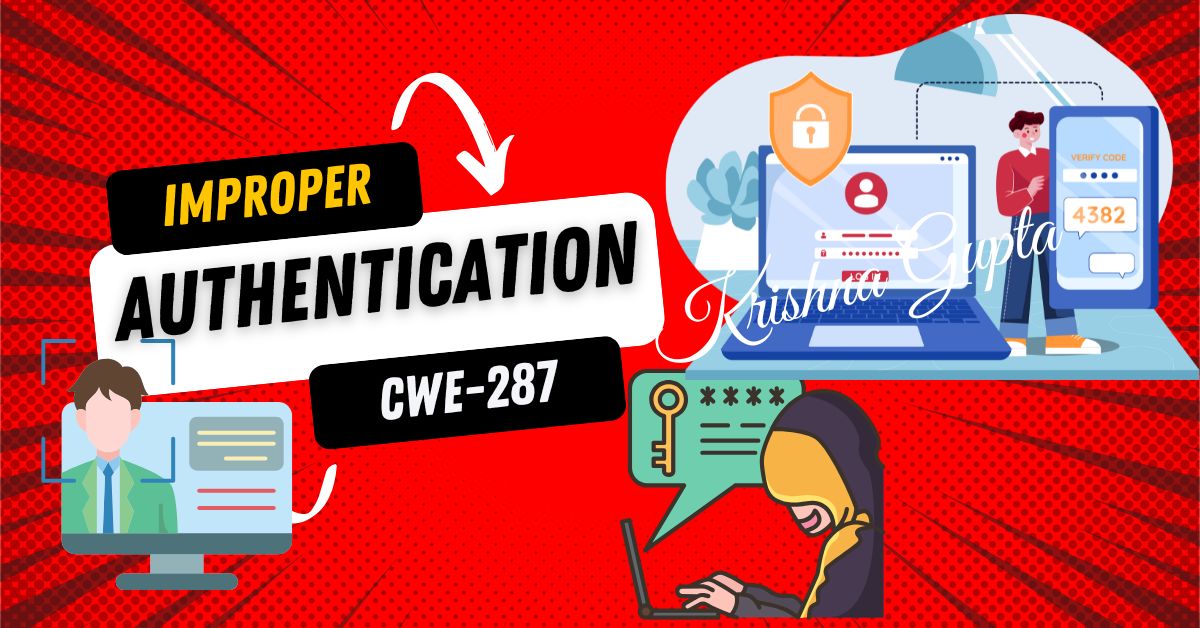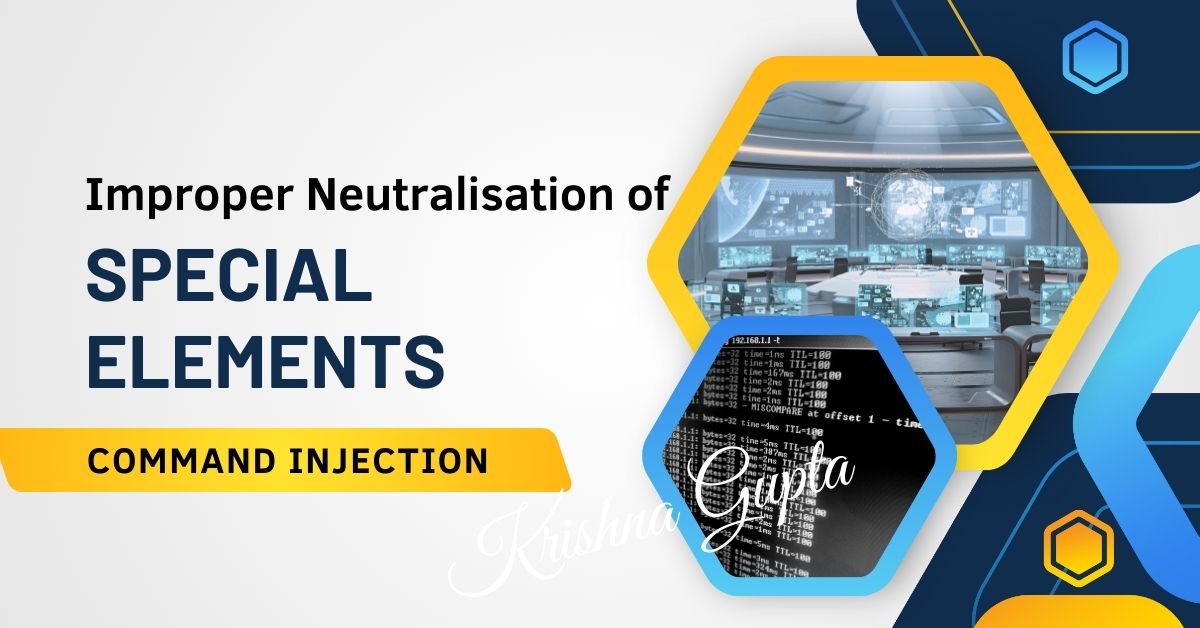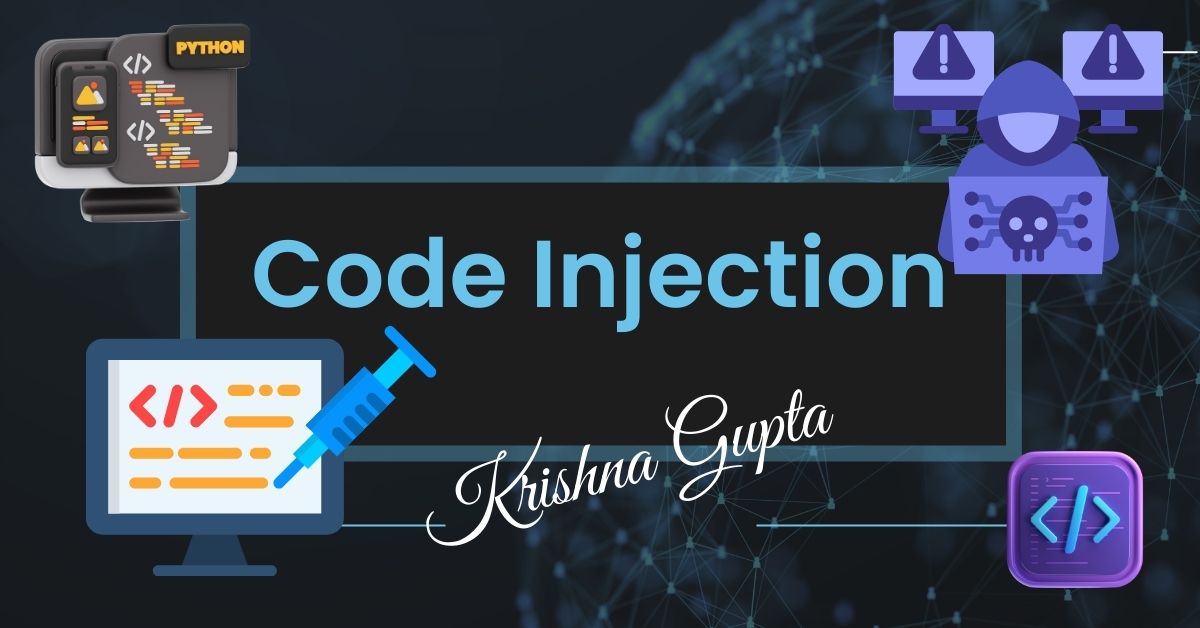2024 CWE Top 25 Most Dangerous Software Weaknesses: Improper Privilege Management (CWE-269)
Improper Privilege Management, as classified under CWE-269, occurs when a software application improperly manages or enforces access control policies, allowing unauthorised users to perform restricted actions. This weakness can lead to severe consequences, such as data breaches, privilege escalation, and compromise of system integrity.




